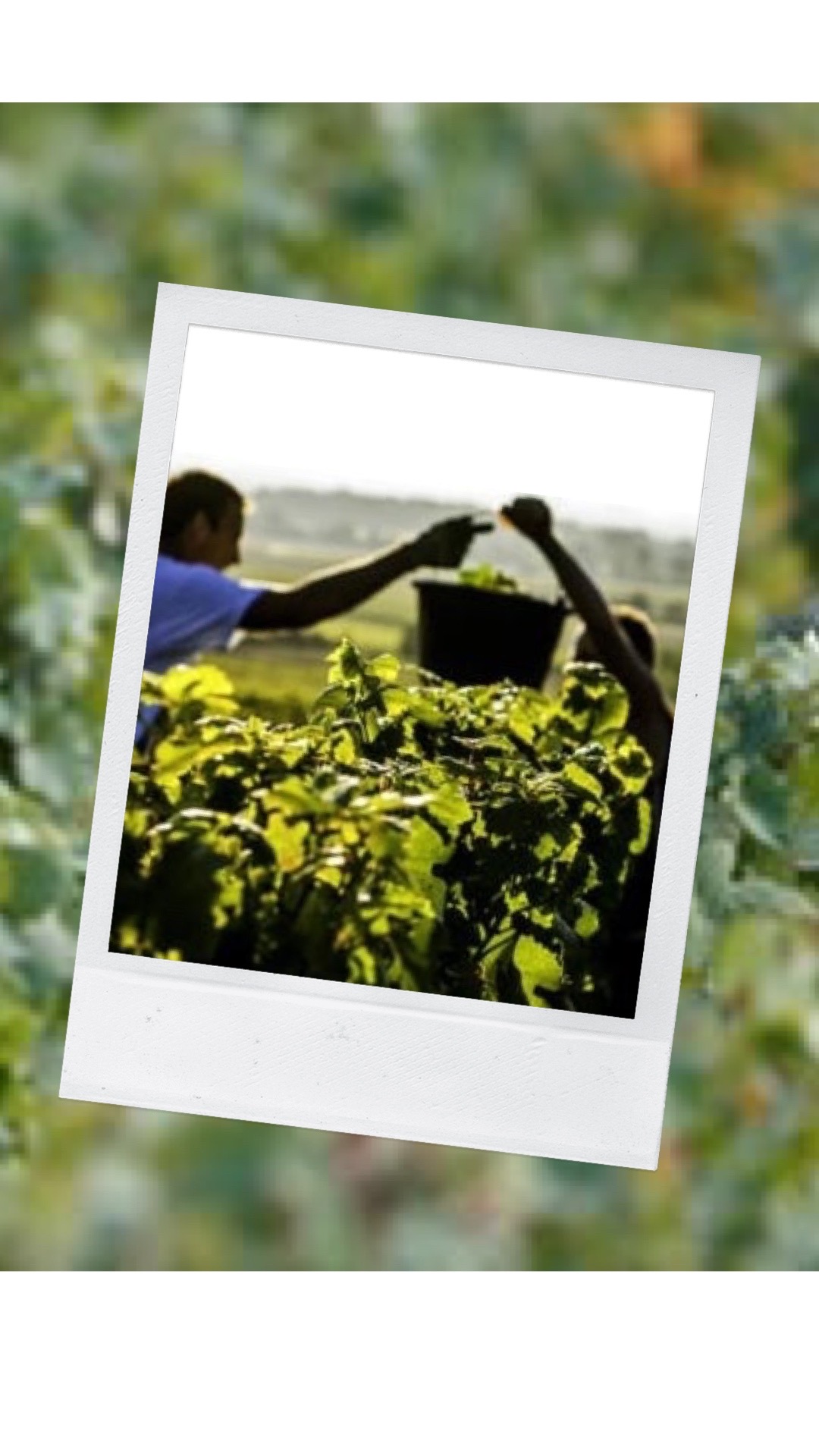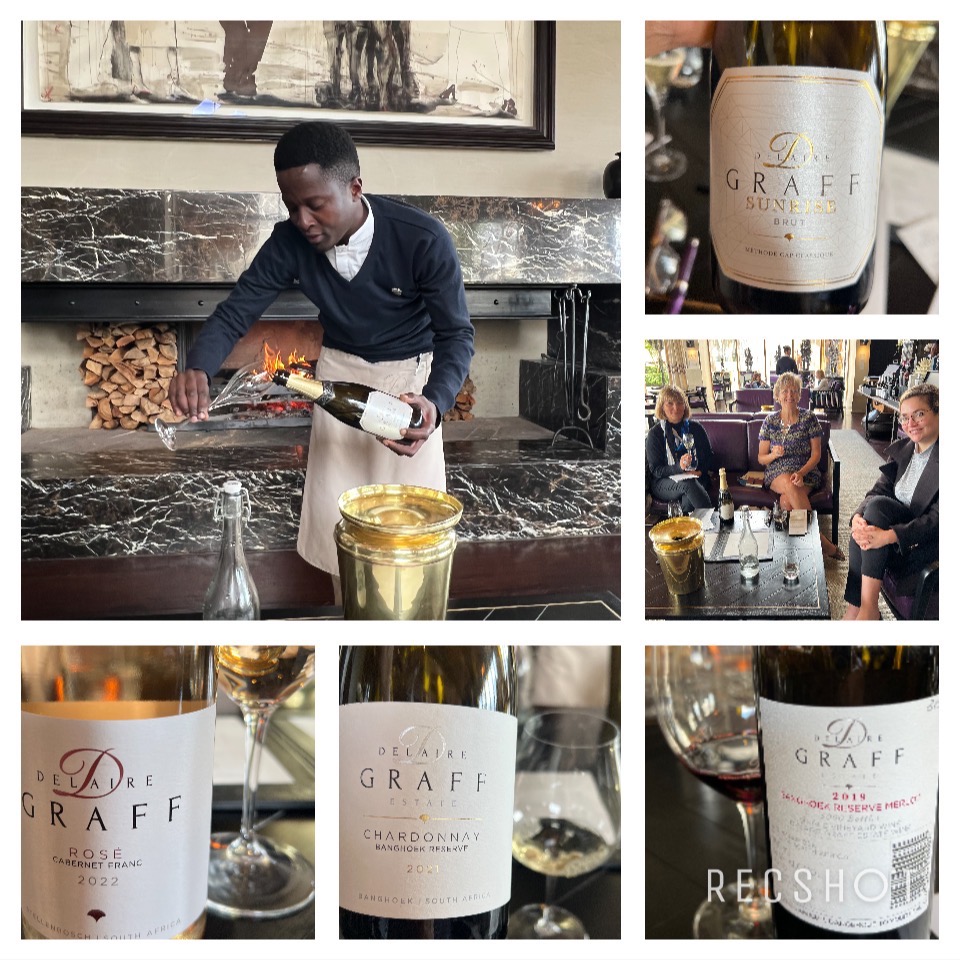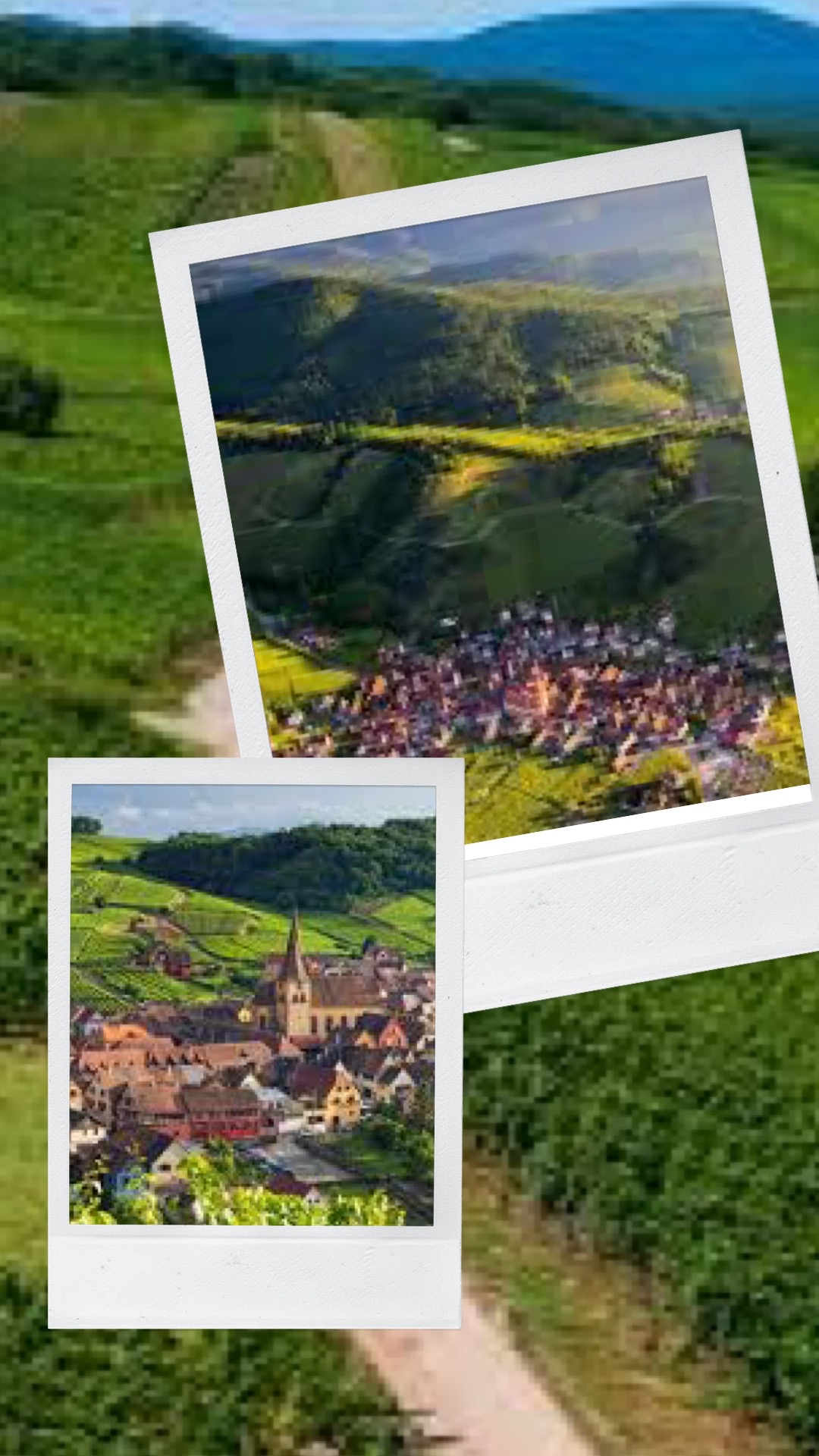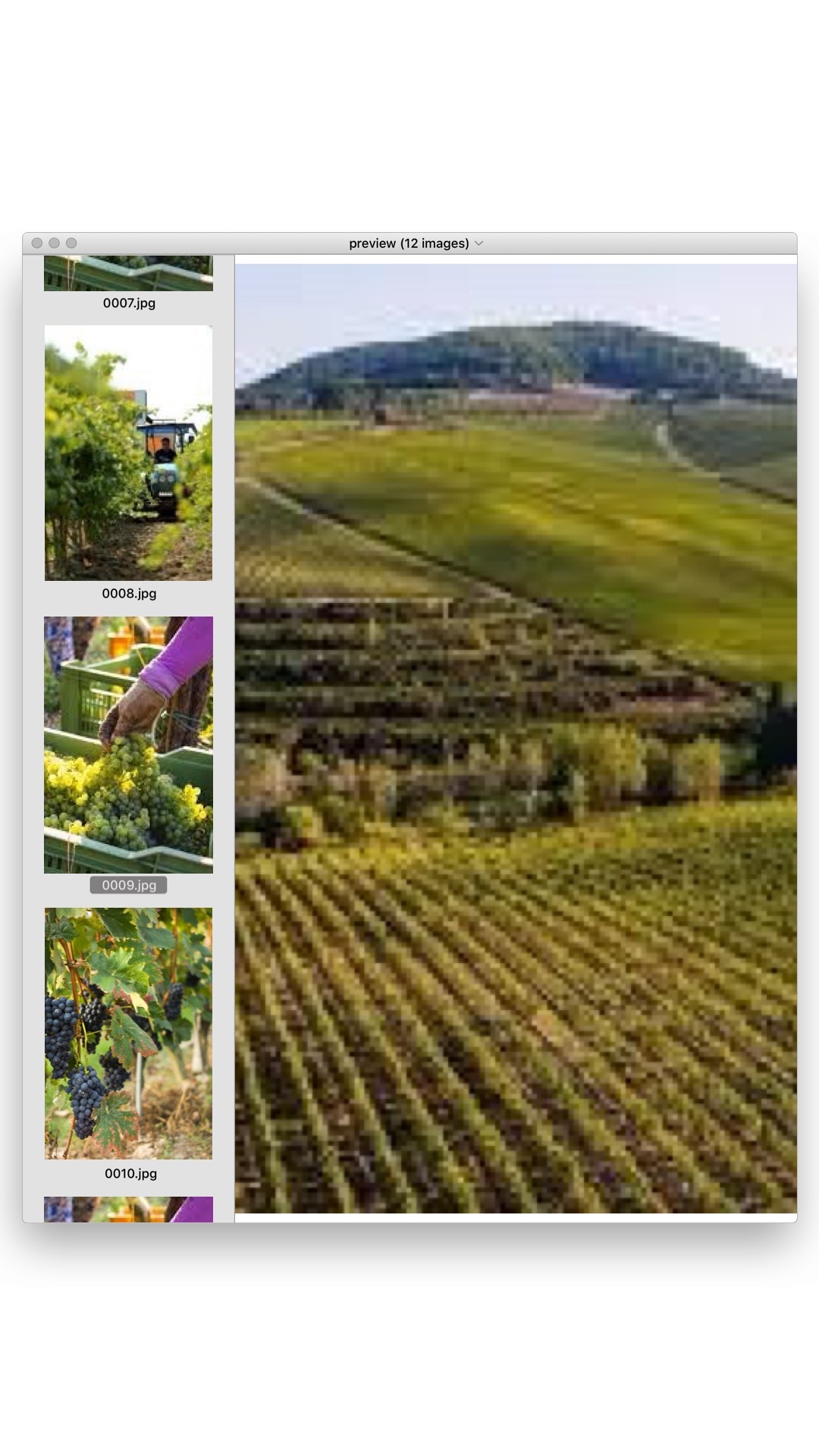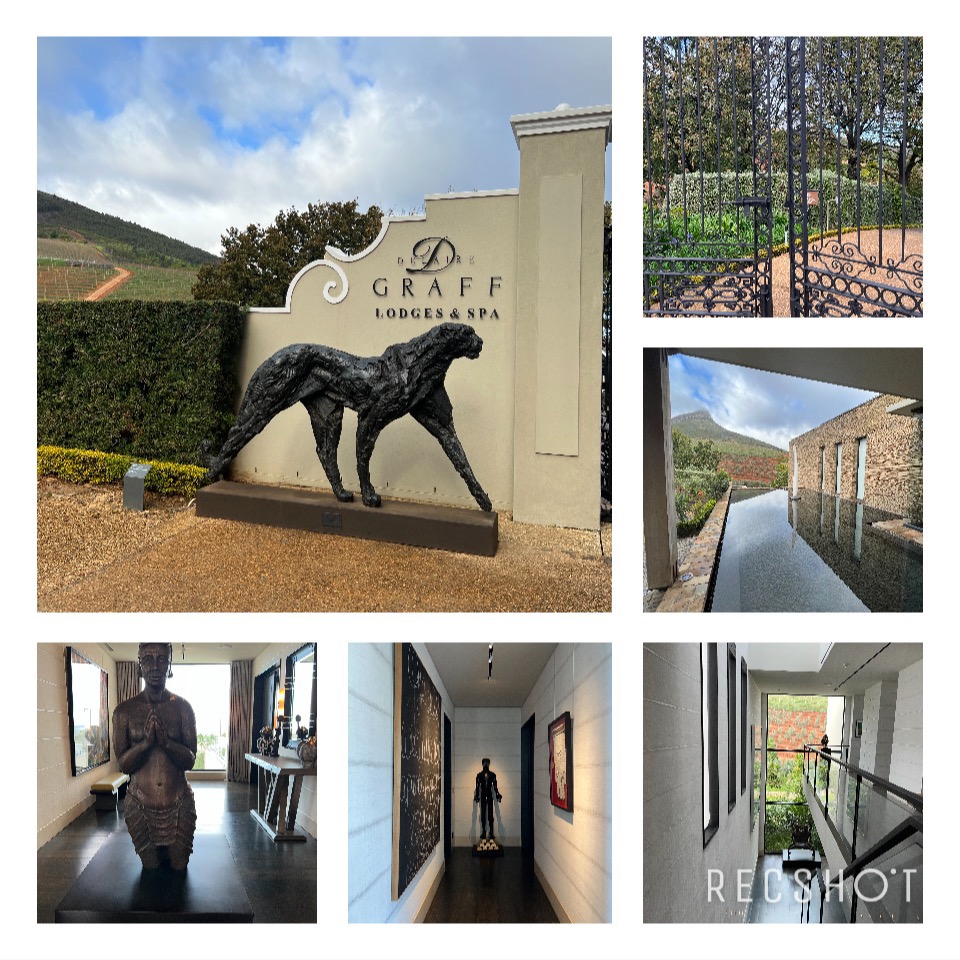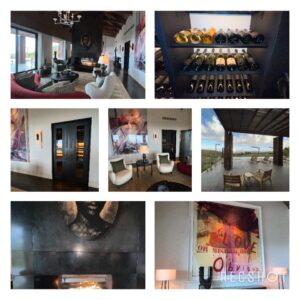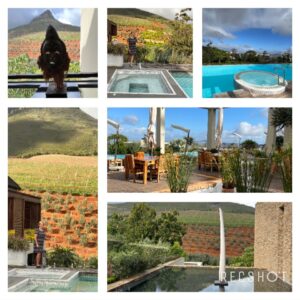Picking officially commenced in Champagne last Saturday with start dates spread between August 20 and September 6th, depending on the location of the vineyards in the 34,000-hectare region.
The timing of the harvesting is guided by the Réseau Matu, which is a network of hundreds of representative vineyard plots spread across the appellation.
The harvest has begun far earlier in the season than normal. This is a result of the extreme heat seen across Europe this summer. August harvests used to be extremely rare, they are now becoming common due to climate change. This warming weather may start forcing changes to how the famous sparkling wine is produced.
These high temperatures and the worst drought on record have also caused massive wildfires and led to restrictions on water usage across France, but they also boosted grape maturity.
The pickers are paid on what they pick and are rushing around in temperatures well above 30 degrees Celsius (86 degrees Fahrenheit) as they have to pick the grapes before they become over-ripe and supercharged with sugar.
“I think we’re at the turning point,” said Charles Philipponnat, President of Philipponnat Champagne, “So far, global warming has helped: harvest in good weather conditions without rain, without too much cold, with ripeness and little rot.”
Producers across France are expecting this year’s harvest to yield a good quality vintage when it makes its way to market, a relief after frost and mildew fungus attacks in 2021, something dry and hot weather helped prevent this year.
“Following the remarkable rebound of Champagne shipments in 2021, including record shipments to the United States, Champagne is expecting an excellent yield in 2022,” said Jennifer Hall, director of the Champagne Bureau, USA.
Champagne shipments in the first half of 2022 were close to 130 million bottles globally, representing an increase of 13.8 percent compared to the same period in 2021.
#champagne #champagneregion #champagneharvest #champagneharvest2022 #harvest #Reims #champagnelover #champagnelife #epernay #champagnetourism #wine #winelovers #winenews #winetrends #climatechange

